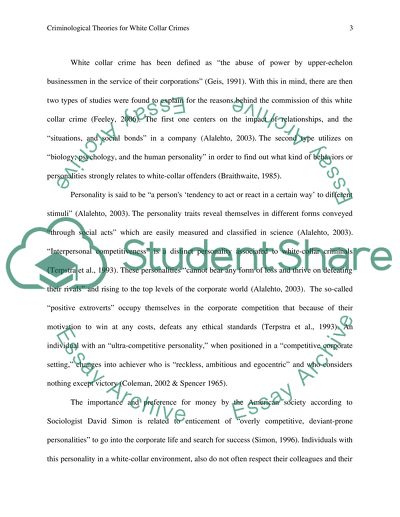Cite this document
(“Criminological Theories for White Collar Crimes Research Paper”, n.d.)
Retrieved from https://studentshare.org/sociology/1463752-criminological-theories-for-white-collar-crimes
Retrieved from https://studentshare.org/sociology/1463752-criminological-theories-for-white-collar-crimes
(Criminological Theories for White Collar Crimes Research Paper)
https://studentshare.org/sociology/1463752-criminological-theories-for-white-collar-crimes.
https://studentshare.org/sociology/1463752-criminological-theories-for-white-collar-crimes.
“Criminological Theories for White Collar Crimes Research Paper”, n.d. https://studentshare.org/sociology/1463752-criminological-theories-for-white-collar-crimes.


